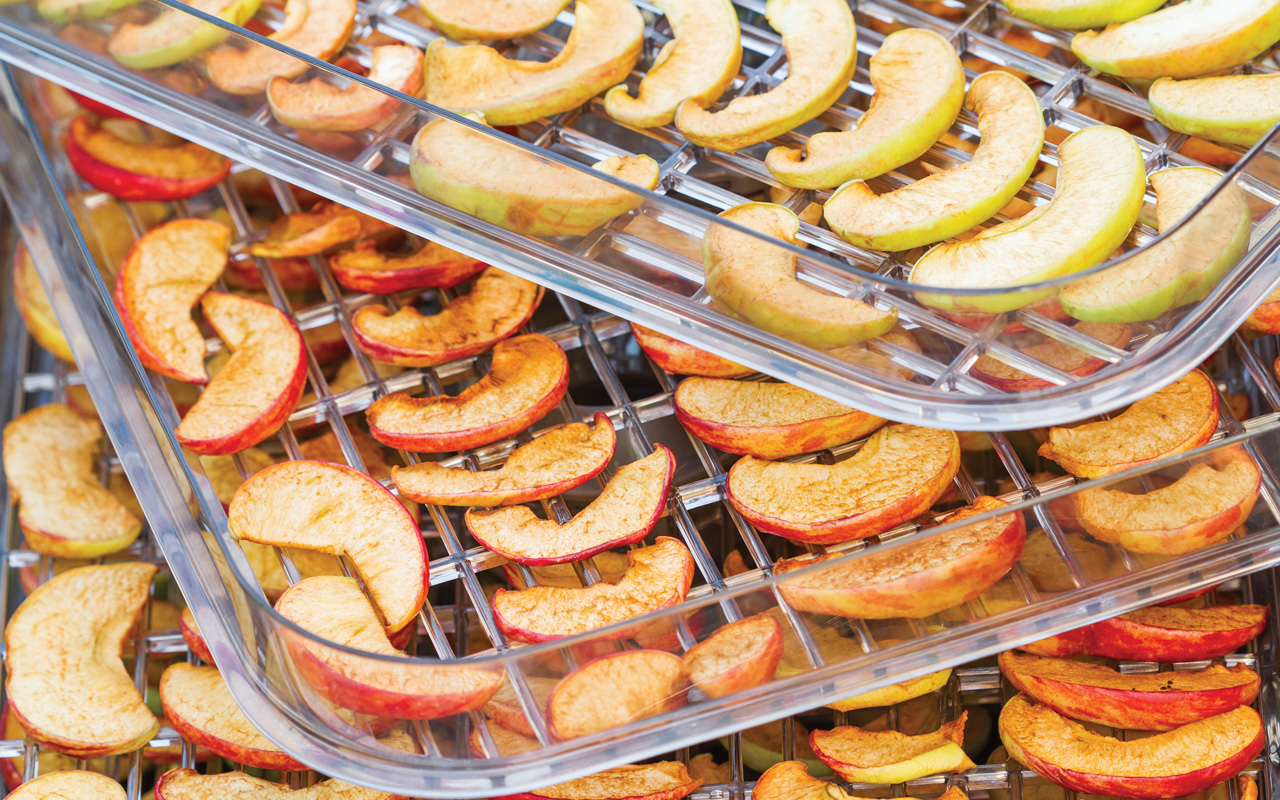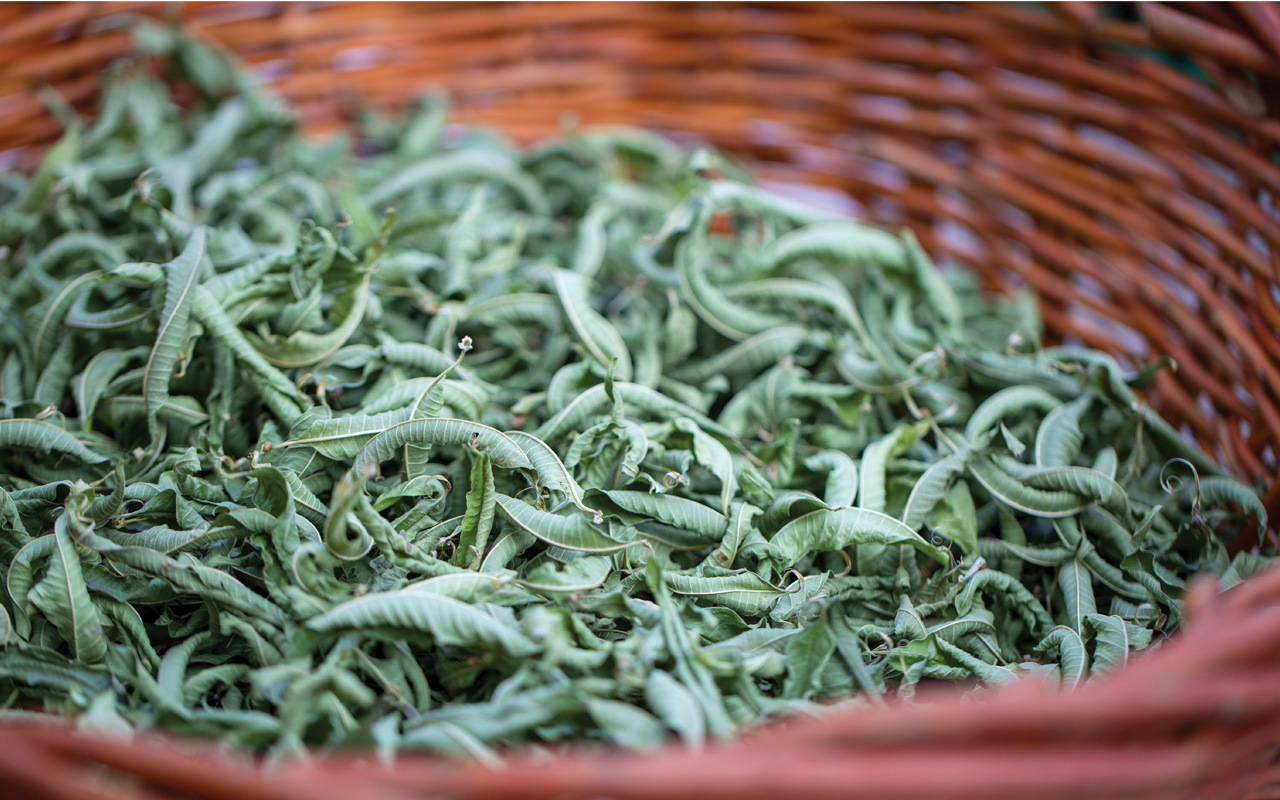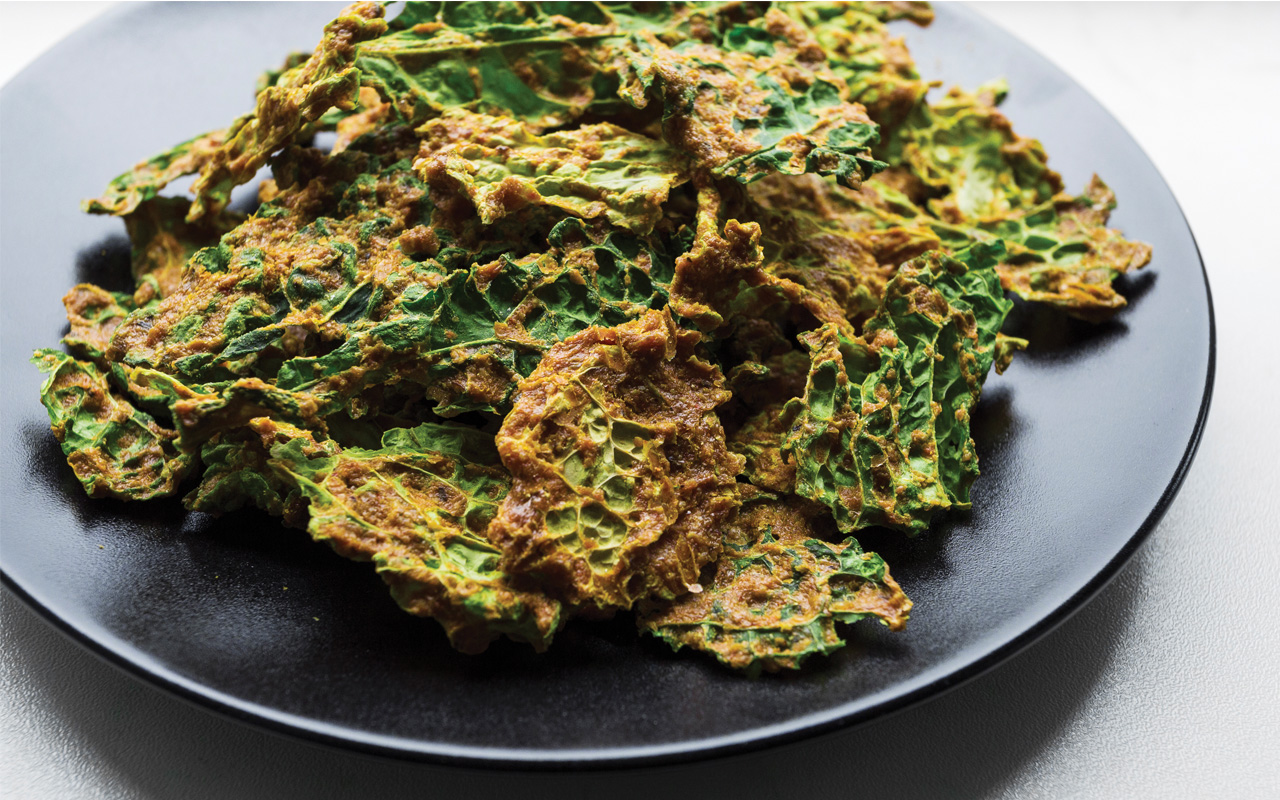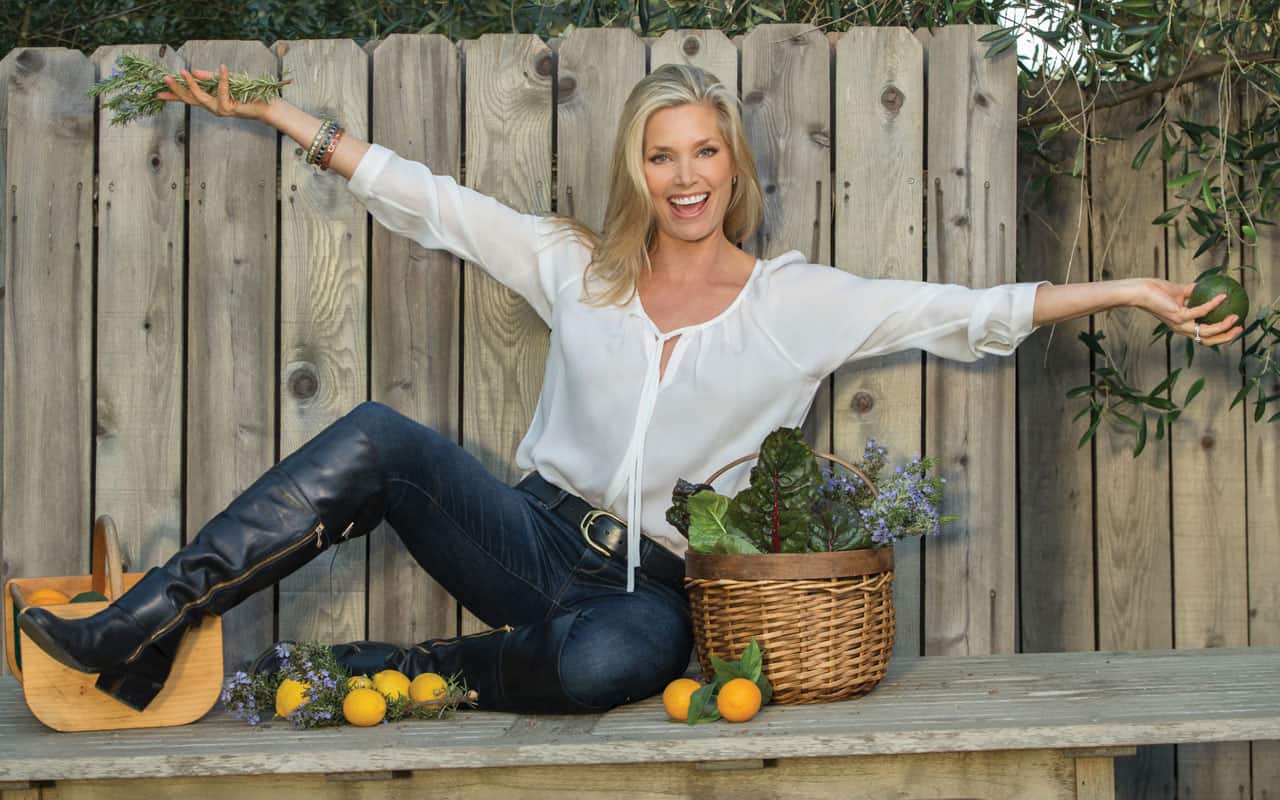
If you’re smart enough to already be growing your own food, you must know how overwhelming it can get when your crops come in. And there is always that question, what to do will all the surplus? I always feel so wasteful when too much comes, too soon. So, when you harvest a bumper crop, be prudent and preserve your produce to last you throughout the year and into the next!
HARVESTING
First things first, you will need to harvest your home-grown veggies.
• Harvest vegetables when they are dry. You can spread diseases if you harvest when your plants are wet.
• Six hours before sunrise is the best time to harvest. Overnight, vegetables regain moisture that was lost during the day. Starches formed during the day are converted to sugars during the evening. This makes for crisper, juicier, and sweeter produce.
• When the sun hits the fruits or vegetables, the pulp temperature rises. Each five degrees of lower temperature when the fruit is picked, extends the shelf-life for three days.
• Tomatoes that cool, after being harvested warm, develop a graininess and mushiness.
• For leafy vegetables, it is better to pick the outside leaves of the plant, allowing the middle to continue to grow.
DRYING
When you dry or dehydrate food, water is removed from the produce. Since bacteria needs water to survive, the drying process helps prevent the food from spoiling. Once the water is removed, the food becomes smaller and lighter in weight. Eat dehydrated fruit and vegetables directly, or add water and watch the food return to its original shape. You can make snacks like fruit leather and kale chips. Dry herbs like rosemary, sage and thyme which will have considerably more flavor than herbs store bought.
Luckily the dehydrating process retains a food’s original nutritional value. Watch out, it also has the same number of calories. Sugar intensifies during drying, so preserving fruit by using a dehydrator is an excellent choice for fruit that isn’t quite ripe or sweet. You cannot over-dry foods you plan to store. The drier it is, the better it will store.
Cosori Food Dehydrator-This dehydrator has the highest ratings on Amazon. The cost is $159.99. It has Temperature Control, 6 Stainless Steel Trays, ETL Listed.
Excalibur Food Dehydrator – 9-Tray Electric with Adjustable Thermostat Accurate Temperature Control Faster Drying. Buy it on Amazon for $217.17.
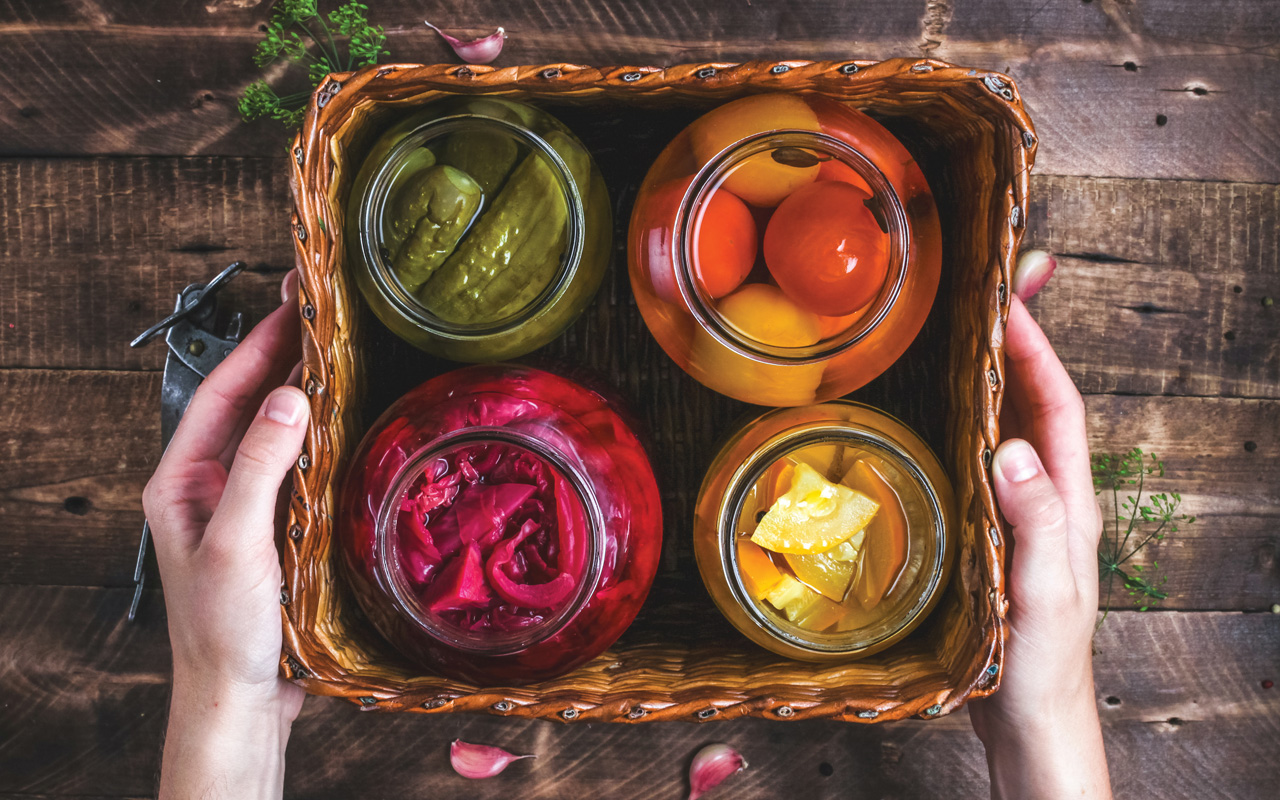
Pickled fresh cucumbers, juicy tomatoes, sweet zucchini
GROWING FROM SEED IN THE HEAT
For better seed germination during summer’s heat, use these techniques.
• Sow seeds thickly in flats or beds.
• Mulch the seeds thinly with sifted compost.
• Sprinkle the flats or beds to keep them moist often; or leave a mister on for about 10 minutes several times each day.
• Shield the bed from the heat with a piece of burlap or shade cloth. This keeps the seeds cooler than the air temperature while giving them the moisture they need, and it keeps the soil surface from crusting.
• Remove the shade fabric after 1/4 of the seeds have germinated while keeping the bed moist until the rest of the seedlings emerge. Place flats in an area with less than a full day of sun and keep them moist.
• Transplant seedlings when the second set of leaves develops.
IRRIGATION IN THE HEAT
The amount and frequency of irrigation that your garden needs, is determined by the weather and texture of the soil. Heavy clay soils require less water than sandy loam soils.
• During hot weather, plants need more frequent and longer irrigation. Beware, too much water causes soil soggy which increases root rot problems.
• Tomatoes and other large plants in loamy clay soil use about one inch of water in three days of hot dry weather.
• Rinsing the undersides of leaves with water will discourage spider mites. Tomatoes and eggplants especially like this refreshment. Shower them in the morning before it gets too hot.
• Water and fertilize melons deeply once a week for juicy, fleshy fruits. Stop irrigating melons a week before harvesting so their sugars will concentrate.
• If onion and garlic foliage has not yet slumped and dried, stop irrigating, and bend the stalks to the ground. Allow a month or so for them to dry prior to harvest.
• Soak strawberry beds and fruit and nut trees every other week if the weather’s especially hot.
• Plastic gallon jugs with their bottoms cut out and caps removed can be used twice a year when starting seeds and setting out plants when nights are still cool. When it’s hot, invert the jugs and bury their necks into the soil, for use as funnels for irrigation and liquid fertilization.
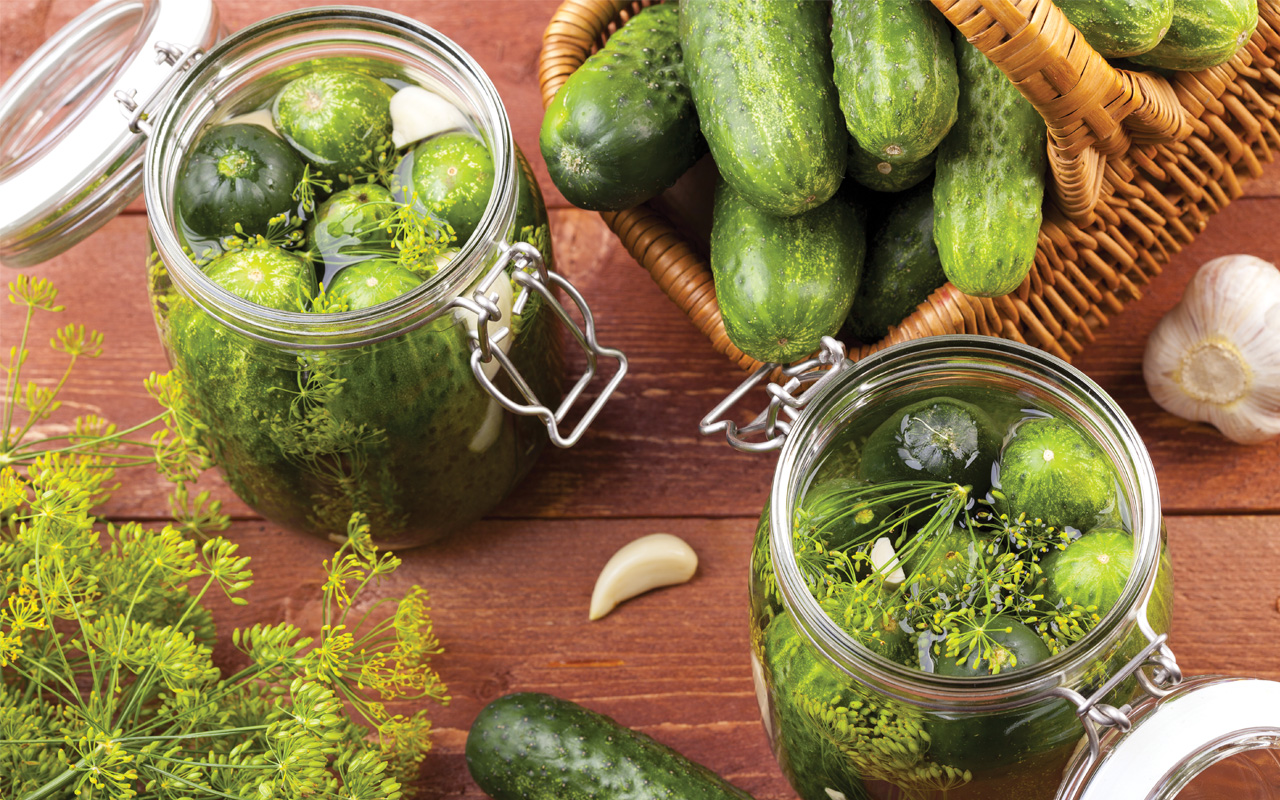
Canning pickles
PROTECTING SUMMER’S HARVEST
• Protect vine crop fruits like melons and squash from snails and slugs by lifting the fruits or vegetables onto cans, berry baskets, or boards.
• Also, spread crushed eggshells under plants; snails and slugs will avoid the sharp particles.
• Metal cans speed ripening and sweetening of melons by concentrating the sun’s warmth and transferring it to the melons.
• Place ripening melons onto upside-down aluminum pie pans to keep them off damp soil. The reflected heat and light will help them ripen evenly and sooner than when they are shaded by foliage.
• Harvest beans, cucumbers, squash, and tomatoes at least every other day to encourage production. When you allow fruits to remain on the plant, the hormones will change so there will be less new blossoms to set new fruit.
• Pinch back herbs to encourage branching. Herb’s flavor is at its peak just before they flower.
• Harvest herbs early in the morning after the dew has dried but before the day becomes warm and the fragrant oils dissipate. If you can smell them, wait until the next day before harvesting because their fragrant oils have vaporized into the air.
STORING SUMMER’S HARVEST
• Use drawstring net bags from store bought apples, onions, and potatoes to dry whole herb plants. Hang the bags on hooks. The netting allows air circulation but contains most dry crumbled pieces.
• Avoid bruising the onion bulbs during harvesting. Let them cure in a single layer on slats or screens in a dry, well-ventilated place. Store when the foliage and outer layers are dry and papery. Store them in a cool, dry place where air can circulate. Bulbs that are not thoroughly dried, should be used first because they will spoil in storage.
• Preserve peppers once harvested. Slice and dice the whole peppers. Spread them on a cookie sheet and freeze them. Pack the frozen pieces into large containers and use as desired. Once thawed, they are great for recipes to be cooked.
• To dry chili peppers, pick them when they’re deep red, and hang them in a sunny place until they’re brittle. Cut the larger peppers in half or into pieces and dry. Store dried peppers in moisture-proof containers in a cool, dry, dark place.
• Freeze whole tomatoes for cooking later. After slight thawing, cut out the core, and squeeze from the blossom end. The pulp will emerge easily and can be used in any recipe.
Well, the heat is here, and it is only going to get hotter, reminding us we still have a lot to do in our gardens. Harvesting those summer crops, keeping our garden hydrated and protecting the vulnerable seedlings and transplants from the overbearing heat, is important. But, isn’t that why we grow our own food?!
It is a labor of love.
Kelly Emberg, the model gardener
For more gardening tips, follow me on Facebook, Instagram, YouTube & Twitter.
www.kellyemberg.com

